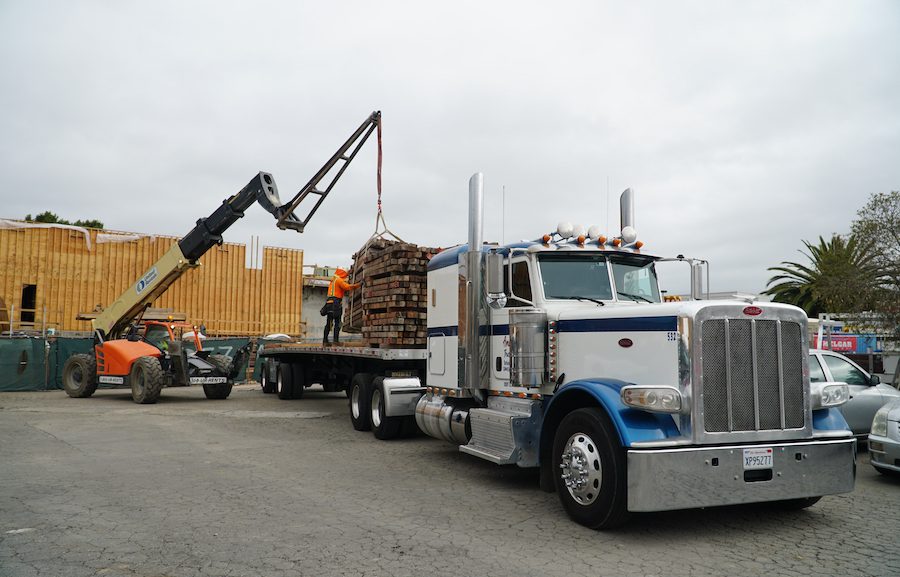As you perform construction work you’ll need to use a variety of different tools to accomplish tasks, including hauling equipment. These devices can make the job go by much faster and can cut down on manual labor. This post will explore some of the most frequently used devices and what they’re best for.
6 Forms of Hauling Equipment
Cranes
This versatile device is often found on construction sites as it helps workers reach high areas and move materials to different sections. There are three main hauling crane categories.
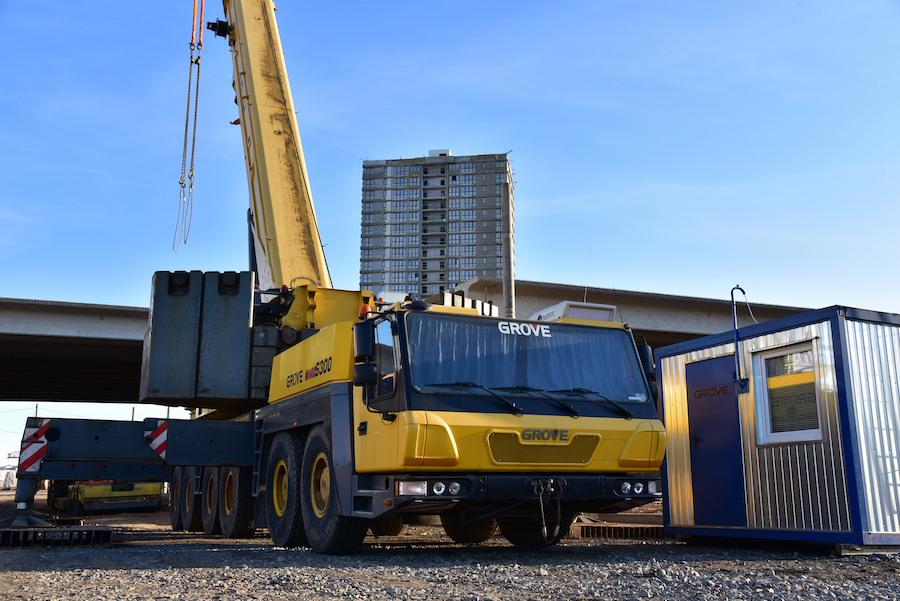
Self-Erecting
This option is best for restricted areas. Because of its compactness, a self-erecting crane can squeeze into narrow sections making it perfect for city projects. This crane will lift items vertically and then situate them horizontally before releasing them.
All-Terrain
An all-terrain crane can be maneuvered across almost every landscape. It’s built with strong materials, including nine axles, which make sure it doesn’t break while running. This strength also allows it to move hefty items like steel pipes and concrete slabs.
Truck-Mounted
These are built into the back of trucks and ideal for doing heavy yet small assignments. Unlike other cranes, truck-mounted models can be fitted with several attachments giving you more control over how they operate.
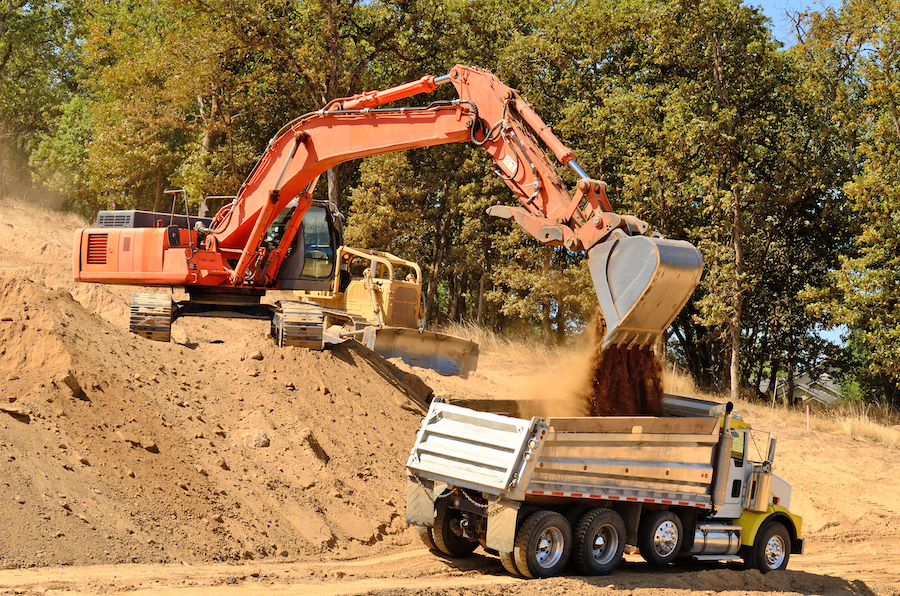
Trucks
These vehicles are some of the most relied upon in the industry. Even a simple pickup truck can be helpful in transporting debris. But, there is a vast array of other models available.
Dump Truck
This selection is built for removing dense materials. Unlike some other options, dump trucks feature a sturdy chassis which ensures the particles inside its bed don’t weigh it down or cause it to shift. To empty the bed, it has a special mechanism that will lift this section to your desired elevation.
As with most hauling equipment, dump trucks come in numerous designs. Some you’ll find include:
- Transfer
- Super dump
- Side
- Standard
- Semi-trailer
Flatbed
These trucks are fastened to a long flatbed that you can place various items on. While durable, some flatbeds might have restrictions on the type and weight of material you can safely haul. Because there are no sides, you also have to be diligent at confirming the load is tightly secured so it doesn’t fall off.
Some flatbeds also have stretching features. This way, you can shorten or extend it depending on the load quantity.
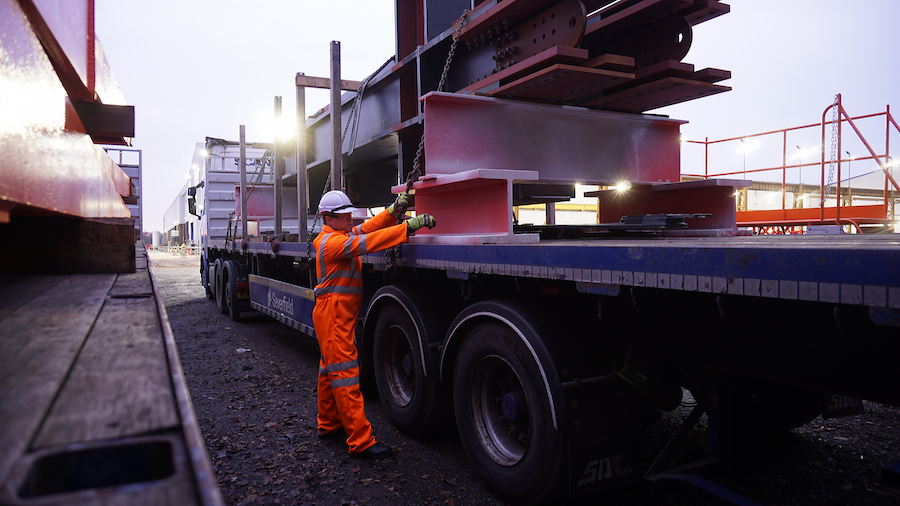
Cement
As its name suggests, this truck is designed to mix and transport cement. The truck can easily be identified thanks to its gigantic drum that constantly spins to keep the cement wet. The cement can later be released from the drum with the help of a chute.
The majority of cement trucks are built in the same way but a few have some extra characteristics to aid with certain projects. For instance, if you need to drive the truck over bumpy land, a rough-terrain cement truck is ideal. But, if you need a large amount of cement for a project, a volumetric cement truck is best. It’s important to check the different types to confirm you invest in the right one.
Loaders
These machines shovel up items, lift them, and then unload them into a specific area. You’ll notice that loaders will be equipped with either wheels or tracks. These can assist the device with moving across different terrains easier. As with other machines, there are a handful of loaders to choose from.
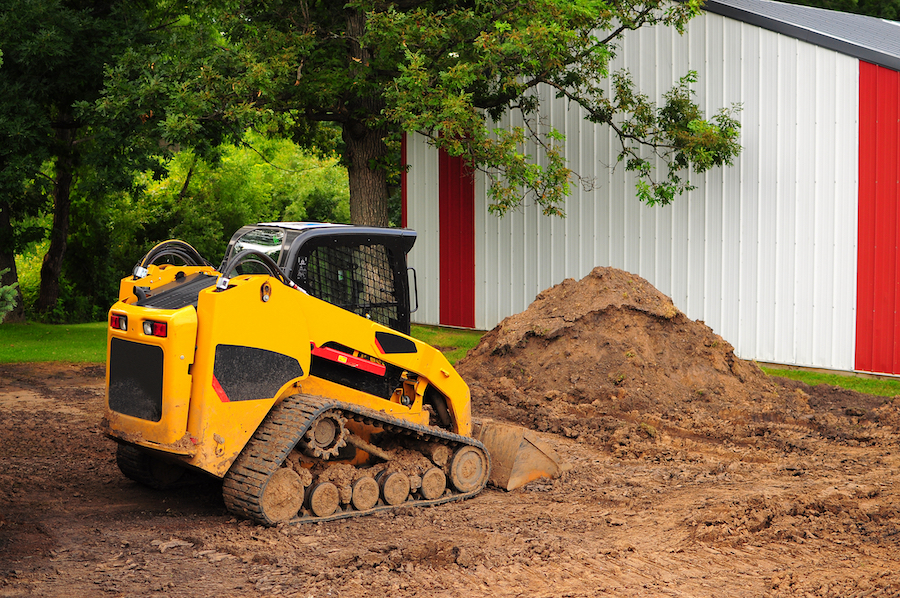
Track
A track loader uses sizable tracks to stay sturdy on the ground. Thanks to its impressive grip, this loader does well at driving over rough terrain and with climbing slopes. You’ll also find that with its good traction, track loaders won’t irritate the ground as they move. This can prevent unnecessary damage to the soil and keep the site in good condition.
Wheel
Wheel loaders are constructed on four thick tires that utilize treads to keep them secure on the terrain they’re traveling on. They’re also furnished with buckets that can transport up to two cubic yards of items at once. This device comes in countless sizes so you can match one to your assignment’s requirements.
Backhoe
This device has a hoe attached to the back of it and a loading bucket on the front. You can flip between these two options depending on the task’s needs. Backhoes are great for not only moving substantial substances like rocks and gravel but for digging up and transporting trees.
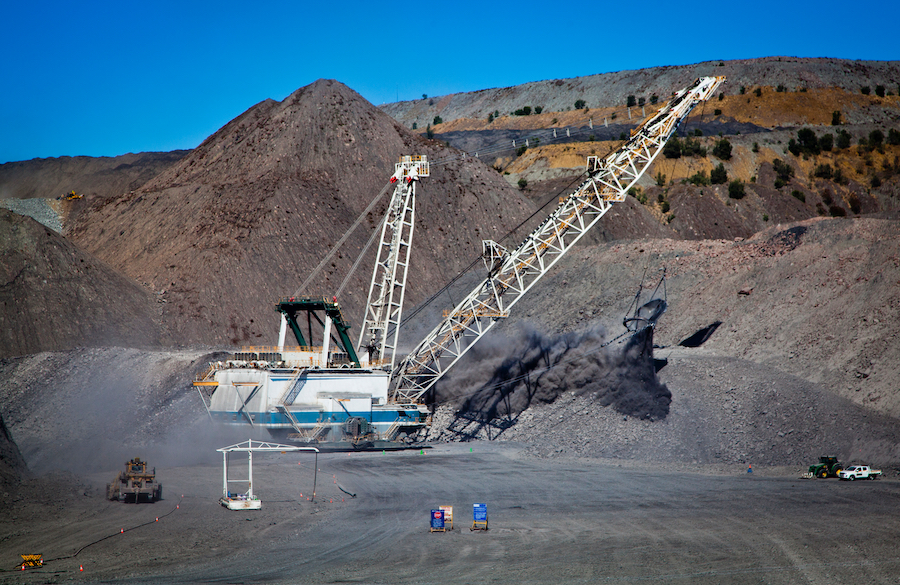
Excavators
Excavators have a 360-degree rotating cab that rests on top of its wide tracks. To move and unload materials, this machine has a boom that links to a bucket. The boom can be altered to different lengths and heights so its bucket can dig trenches or scoop dirt away from a job site.
Some of the most commonly used excavators include:
- Suction
- Wheeled
- Long-reach
- Dragline
Bulldozers
This gadget has a tractor-like body that connects to a dozer blade. The blade contains sharp edges which can assist with cutting up and loosening ground debris and gently pushing it into the blade’s curve. This appliance can be turned to the right or left so the particles can be sent to a specific location.
During your search, you’ll notice that bulldozers are built with either tires or tracks. Both of these work well for most sites, but for muddy landscapes, tracks are better because they’re less likely to get stuck in puddles.
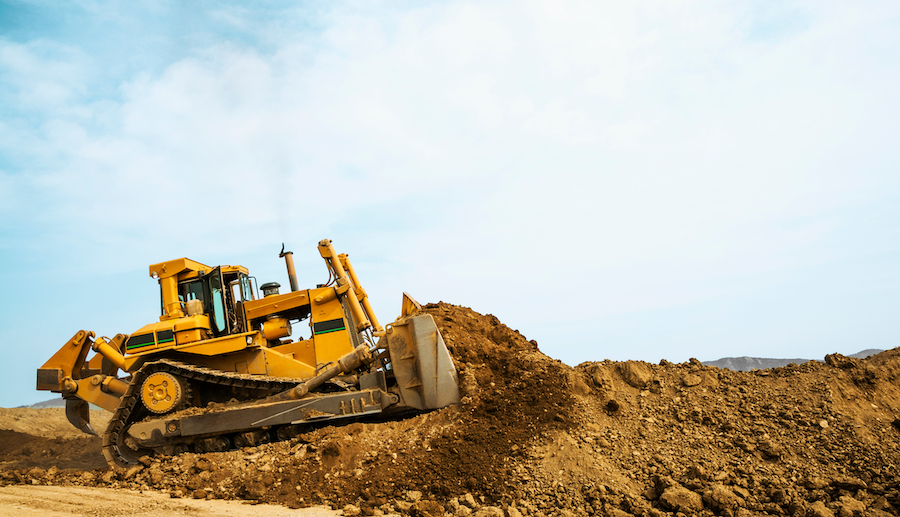
Shovels
This tool is superb for those who need a hauling machine to lift boulders and other heavy items. There are two types of shovels: hydraulic and electric.
Hydraulic
A hydraulic shovel generates pressure via a pump to activate its motor. Unlike an electric shovel, this model has one arm that curves forward to move its bucket.
Electric
This shovel features an electric motor that produces its power. An electric shovel will be constructed with ropes to help its arm maneuver with ease as it adjusts the bucket.
There’s a vast selection of hauling equipment available for you to choose from. By keeping these choices in mind, you can determine the right pick for your job.
